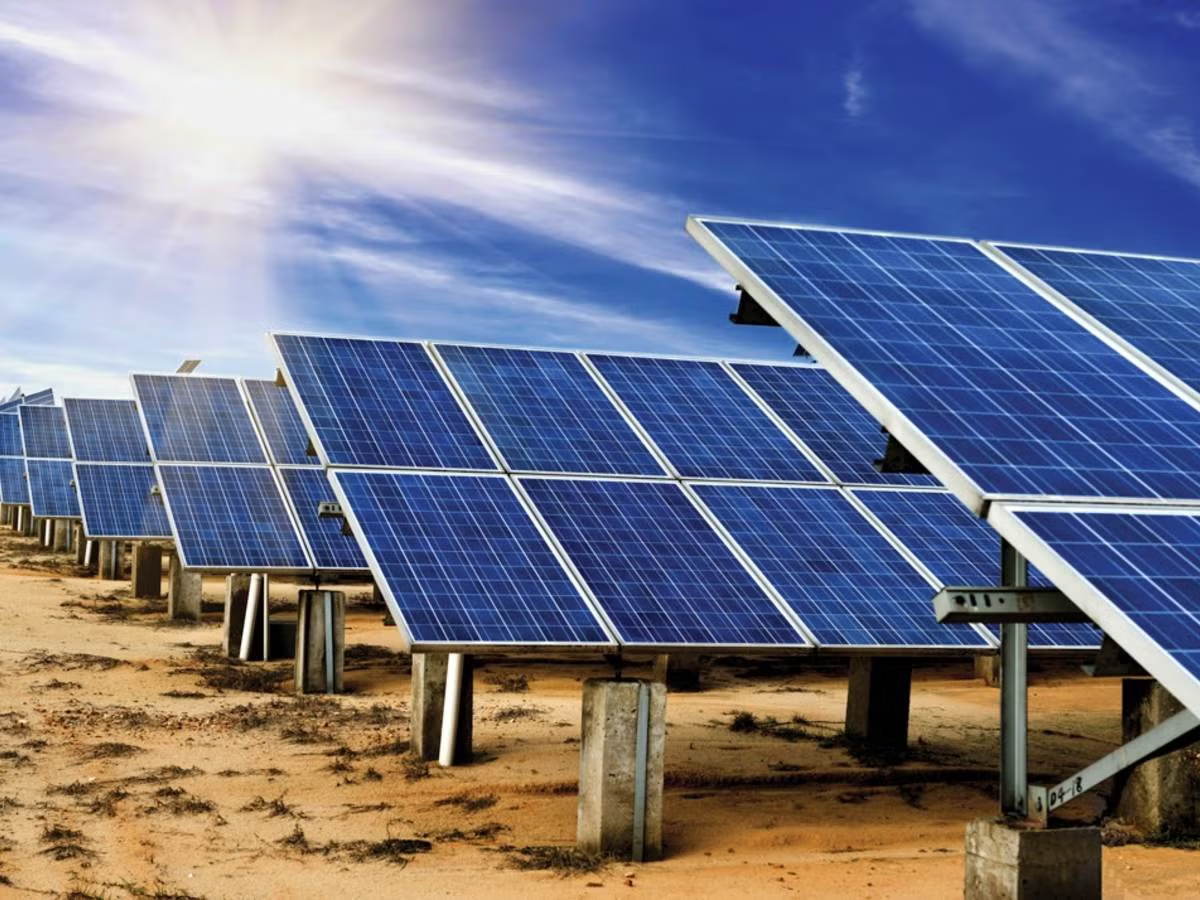Our Services
At GFG Renewable Energy, we are committed to revolutionizing the way you experience power through our innovative and sustainable energy solutions. Our comprehensive range of products and services is designed to cater to your needs, whether it’s for your home, business, or organization. Here’s what we offer:

Professional
Power Installations
Enjoy seamless power setups tailored for homes, businesses, and organizations. Our expert team ensures precision and efficiency, delivering solutions that last.

Advisory Services on Power Management
Maximize your energy efficiency with our tailored advisory services. We help you understand your power needs and provide expert guidance to reduce costs and optimize performance.

Sale of Top-Tier Solar Panels, Inverters, and Batteries
Invest in the best with our selection of tier-one solar panels, inverters, and batteries. Built for durability and reliability, these products are perfect for powering a greener tomorrow.

Solar-Powered
Home Appliances
Embrace sustainability with our range of solar-powered home appliances, including air conditioners, water heaters, fridges, fans, and even phone chargers. Combine comfort with eco-conscious living.
We offer comprehensive on-sale and after-sale support, including installation assistance, technical consultations, and warranty services.
QUESTIONS?
Got questions? We’ve got answers! Check out our most commonly asked questions below
Solar power works by converting energy from the sun into power. There are two forms of energy generated from the sun for our use – electricity and heat.
Both are generated through the use of solar panels, which range in size from residential rooftops to ‘solar farms’ stretching over acres of rural land.
Yes, solar power is a renewable and infinite energy source that creates no harmful greenhouse gas emissions – as long as the sun continues to shine, energy will be released.
The carbon footprint of solar panels is already quite small, as they last for over 25 years. Plus, the materials used in the panels are increasingly recycled, so the carbon footprint will continue to shrink.
In 1954 PV technology was born when Daryl Chapin, Calvin Fuller and Gerald Pearson developed the silicon PV cell at Bell Labs in 1954 – the first solar cell capable of absorbing and converting enough of the sun’s energy into power to run everyday electrical equipment.
Today satellites, spacecraft orbiting Earth, are powered by solar energy.
Yes, it can – solar power only requires some level of daylight in order to harness the sun’s energy. That said, the rate at which solar panels generate electricity does vary depending on the amount of direct sunlight and the quality, size, number and location of panels in use.
Solar panels are usually made from silicon, or another semiconductor material installed in a metal panel frame with a glass casing. When this material is exposed to photons of sunlight (very small packets of energy) it releases electrons and produces an electric charge.
This PV charge creates an electric current (specifically, direct current or DC), which is captured by the wiring in solar panels. This DC electricity is then converted to alternating current (AC) by an inverter. AC is the type of electrical current used when you plug appliances into normal wall sockets.
Solar PV panels generate electricity, as described above, while solar thermal panels generate heat. While the energy source is the same – the sun – the technology in each system is different.
Solar PV is based on the photovoltaic effect, by which a photon (the basic unit of light) impacts a semi-conductor surface like silicon and generates the release of an electron. Solar thermal is less sophisticated and simply the direct heating of water (or other fluids) by sunlight. For domestic use, solar thermal panels are also installed on a roof facing the sun, heating water stored in a hot water cylinder and so providing hot water and heating. On a larger scale, solar thermal can also be used in power stations.
Solar farms, also known as solar parks or solar fields, are large areas of land containing interconnected solar panels positioned together over many acres, to harvest large amounts of solar energy at the same time. Solar farms are designed for large-scale solar energy generation that feed directly into the grid, as opposed to individual solar panels that usually power a single home or building.
As of 2022, China is the largest producer of solar powered electricity generation in the world. The US comes in second, followed by Japan, Germany and India.
Subsribe To Our Newsletter
Stay in touch with us to get latest news and special offers.
Address
32A, Emmanuel Keshi Road, Magodo Phase 2, Shangisha Ikeja.
Call Us
+2349035061245
+2348189236539
+2349071118756
Email Us
info@gfgrenewable.com
